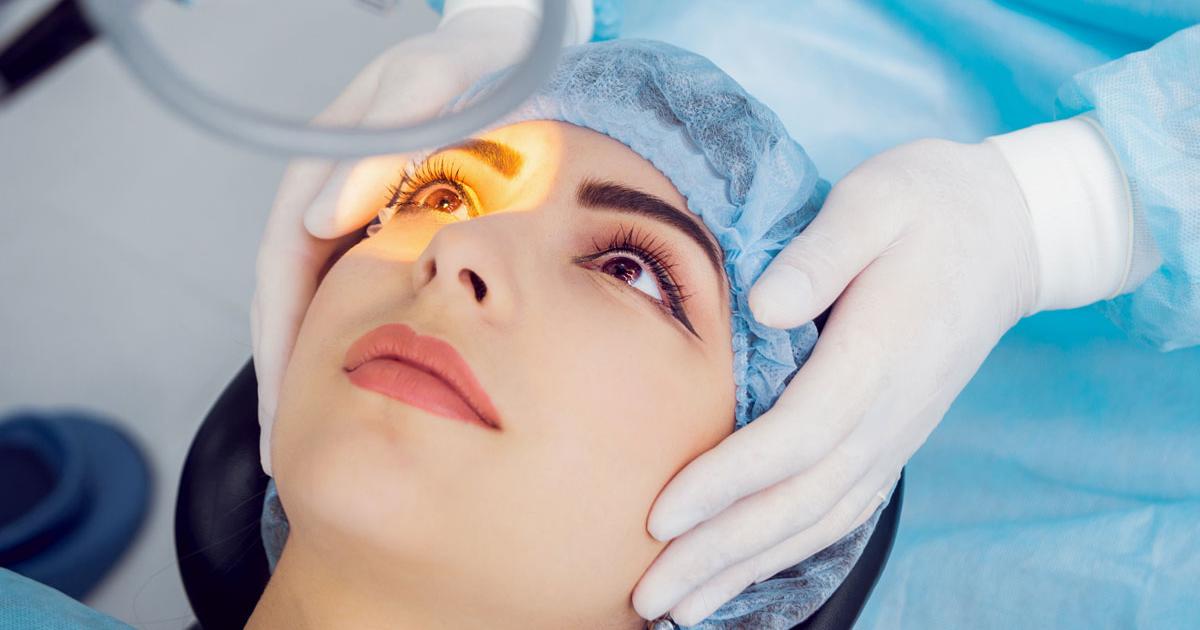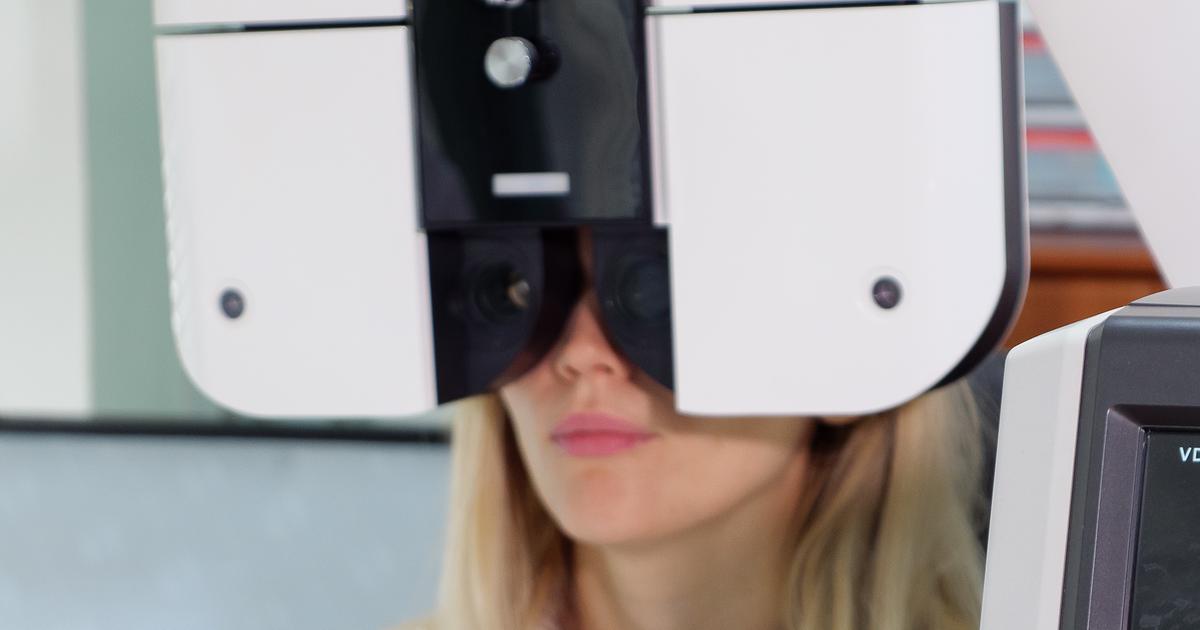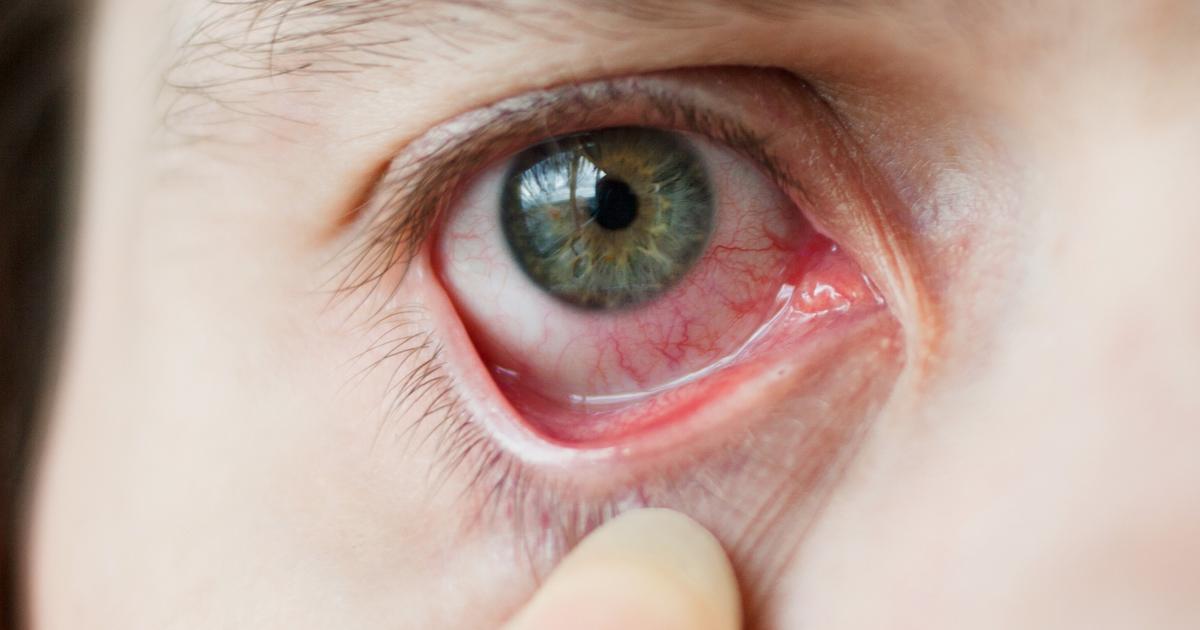What Is LASIK Eye Surgery?
LASIK eye surgery is a type of surgery that corrects certain vision errors. Within the eye, the cornea helps focus light until an image is created on the retina. However, if the cornea or lens of the eye is irregularly shaped, the light will be focused directly in front of or behind the retina, leading to nearsightedness and farsightedness. The imperfections in the eye are referred to as refractive errors. Most patients with refractive errors use contact lenses or glasses. However, LASIK surgery can correct the errors at the source and eliminate the need for glasses and surgery. During LASIK surgery, a laser removes corneal tissue to reshape the cornea and allow it to focus correctly. There are other refractive surgeries as well, but LASIK is the most common one.
Learn about the details surrounding LASIK eye surgery now.
Preparing For The Surgery

There are several important steps patients need to take when preparing for the surgery. After patients have determined they are a candidate for the surgery, their doctor will go over everything they need to do. Individuals should be sure to inform their doctor about their medical history, including any medications they take regularly or reactions they've had to medications in the past. One to two days before the surgery, patients should stop wearing makeup. Instead, they need to keep the area around their eyes clean. If debris is left in the eyelashes during the surgery, there's a higher risk of infection. Each day for the two or three days leading up to the surgery, patients need to make sure they thoroughly and gently wash their eyes to remove makeup and other potential debris. If a patient wears soft contact lenses, they must stop wearing them at least a week before surgery and use glasses instead. Patients should also stop wearing hard contact lenses three to four weeks before the surgery, as contacts can cause their measurements to be imprecise, which leads to less accurate results.
Learn about how the procedure itself works next.
How The Procedure Works

LASIK eye surgery is performed by a specially trained eye surgeon. The first step is to create a precise and thin flap in the cornea by using a microkeratome. After that, the surgeon pulls the flap back so the corneal tissue underneath is exposed. The surgeon uses a laser to reshape the cornea by excising corneal tissue until the cornea is the correct shape. The pattern of the lasering is determined before the procedure to allow maximum accuracy and minimize human error. After the cornea is reshaped, the surgeon will gently reposition the hinged flap of tissue onto the underlying tissue. There isn't any need for sutures. At the end of the procedure, the cornea is correctly shaped to focus light onto the retina. This means the patient will no longer need to use contacts or glasses to compensate for the refractive error within their eyes.
Continue reading to uncover the details on what patients can expect their recovery to look like next.
What To Expect During Recovery

The surgeon or doctor should talk to the patient about the recovery process and how they need to take care of their eyes following surgery. Once the anesthesia wears off, most patients experience a little discomfort. It's common for there to be a burning or itching sensation, and the doctor might prescribe a painkiller. Patients will need to protect their eyes from light and rest them for two to four hours following the surgery. Immediately after the procedure, patients might notice their vision is foggy. It should become better within a few hours. Individuals might experience increased light sensitivity, puffiness in their eyelids, tearing in their eyes, or halos around objects they look at during the night. A day or two after the surgery, patients will have an appointment so their doctor can do a vision test and make sure their recovery is proceeding correctly. Individuals won't be able to touch or rub their eyes for at least a week. However, they can shower a day after the surgery, provided they don't get any chemicals or soap in their eyes.
Get familiar with the benefits associated with LASIK eye surgery next.
Benefits Of The Procedure

There are several benefits to LASIK surgery, which is why it's one of the most popular eye surgeries in the United States. The most obvious benefit is clearer vision. Ninety-six percent of patients say they have the vision they desire after the LASIK surgery procedure. Even if the patient's vision doesn't become 20/20, LASIK can still dramatically reduce blurriness. In addition, if patients don't end up with the vision they want, they can have an enhancement done to help. Because LASIK surgery is done with numbing eye drops, there's very little pain, and the discomfort following the procedure is only moderate. When the procedure is done, patients will notice better vision within just a few hours. Patients don't need any stitches or bandages, and there's no significant downtime. In fact, they can go home the same day as the procedure. Most patients who have LASIK surgery find their dependence on contact lenses or eyeglasses becomes dramatically reduced. It's possible they won't need eyeglasses or contacts at all anymore.
Uncover the risks of the procedure next.
Risks Of The Procedure

As with any surgical procedure, LASIK does have some potential risks, though they are much lower than with many other eye surgeries. Very few LASIK surgery patients have reported having long-term or permanent problems. It's very rare for there to be complications involving a loss of vision. However, the procedure does typically come with side effects like temporary visual disturbances and dry eyes. The issues clear up within weeks or a few months. LASIK temporarily decreases tear production, which leads to dry eyes. Patients might also experience some difficulty with seeing at night because of increased glare, halos around lights, and experiences of double vision. Some individuals might have worse vision in dim light than bright light after the surgery. Another potential issue is under correction, which causes vision to be improved but not fully. Overcorrection is also an issue, and this might be harder to fix than under correction.